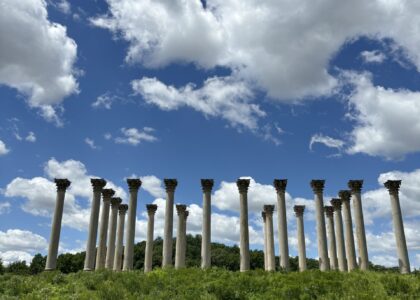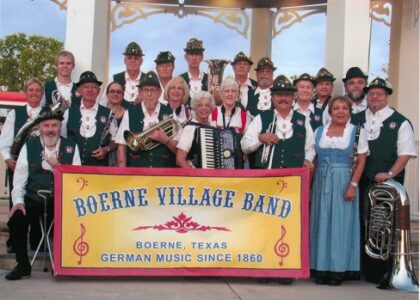Welcome to Pecos National Historical Park, a place where ancient history and rich cultural narratives converge. This park, located amidst the stunning landscapes of New Mexico, is a testament to the enduring legacy of the Ancestral Puebloans and the Spanish colonial era.
Our journey begins over a thousand years ago, with the Ancestral Puebloans, who were among the earliest inhabitants of this region. Emerging around the 12th century BCE, these people built a thriving community at Pecos Pueblo, strategically located at the crossroads of trade routes that connected the Great Plains to the Rio Grande Valley. By the 14th century, Pecos Pueblo had become a bustling trade center, with a population that swelled to over 2,000 residents. The Pueblo was a hub of activity, where goods like buffalo hides, pottery, and turquoise were exchanged, and cultures mingled.
Fast forward to the 16th century, and the Spanish explorers arrived in the area, led by the conquistadors in search of gold and new territories. Among them was Francisco Vásquez de Coronado, who passed through in 1540 during his epic quest to find the mythical Seven Cities of Gold. Though no gold was found, the Spanish influence left an indelible mark on the region. In the early 1600s, Spanish Franciscan missionaries established the Mission of Nuestra Señora de los Ángeles de Porciúncula de los Pecos, with the aim of converting the Pueblo people to Christianity. The mission became a focal point for cultural exchange, though not without conflict and tension.
The Pueblo Revolt of 1680 was a significant event in the history of Pecos. This uprising, led by the Pueblo peoples, was a fierce rebellion against Spanish oppression and religious imposition. The Pueblo successfully expelled the Spanish for 12 years, marking a rare victory for Indigenous resistance during the colonial era. Pecos Pueblo played a crucial role in this revolt, showcasing the resilience and unity of its people.
As centuries passed, Pecos witnessed the ebb and flow of different cultures and power dynamics. By the 19th century, the Pueblo was largely abandoned, its people having relocated due to pressures from encroaching settlers and changing social landscapes. However, the legacy of Pecos continued to be a symbol of cultural resilience and adaptation.
Today, Pecos National Historical Park preserves this rich heritage, offering visitors a window into the past. As you explore the ruins of the ancient pueblo and the remnants of the Spanish mission, you are standing on sacred ground, where history whispers through the winds that sweep across the plains. The park also honors the broader historical tapestry, including its proximity to the Santa Fe Trail, a critical artery of commerce and migration in the 19th century.
Pecos National Historical Park is a place where stories of the past come alive, allowing us to reflect on the complex interactions that shaped the American Southwest. As you leave, consider the park’s current significance as a site of archaeological and historical research, a place of learning and remembrance, and a reminder of the vibrant cultures that once thrived here.





